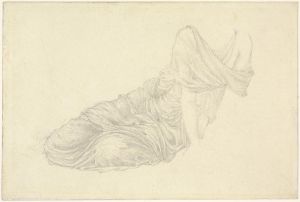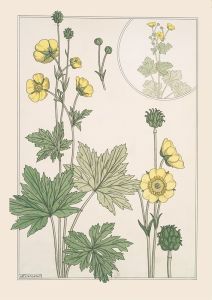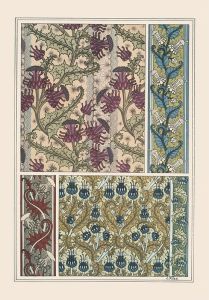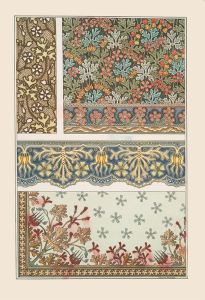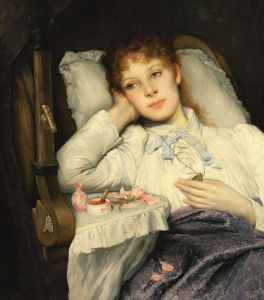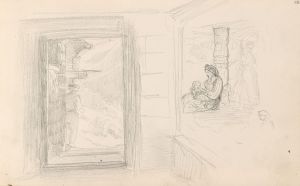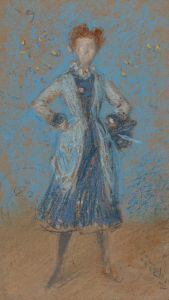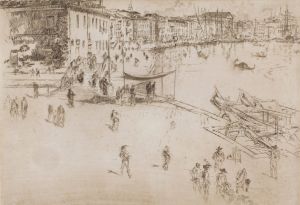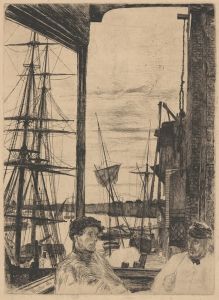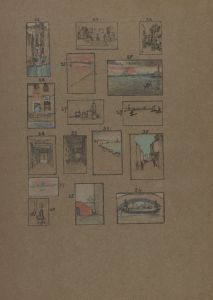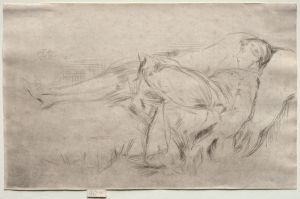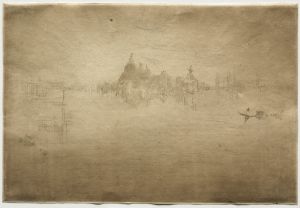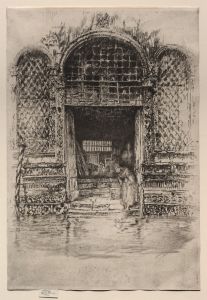
Doorway and Vine
A hand-painted replica of James Abbott McNeill Whistler’s masterpiece Doorway and Vine, meticulously crafted by professional artists to capture the true essence of the original. Each piece is created with museum-quality canvas and rare mineral pigments, carefully painted by experienced artists with delicate brushstrokes and rich, layered colors to perfectly recreate the texture of the original artwork. Unlike machine-printed reproductions, this hand-painted version brings the painting to life, infused with the artist’s emotions and skill in every stroke. Whether for personal collection or home decoration, it instantly elevates the artistic atmosphere of any space.
James Abbott McNeill Whistler was an American artist known for his paintings and etchings, and he played a significant role in the aesthetic movement. However, there is no widely recognized artwork titled "Doorway and Vine" attributed to Whistler. While Whistler's oeuvre includes numerous paintings, etchings, and pastels, this particular title does not appear in the catalog of his known works.
Whistler is best known for his painting "Arrangement in Grey and Black No. 1," commonly referred to as "Whistler's Mother." His work is characterized by a focus on tonal harmony and a preference for subdued color palettes. Whistler's artistic philosophy was heavily influenced by the idea of "art for art's sake," emphasizing the aesthetic experience over narrative content.
Whistler's career was marked by his innovative approach to art and his sometimes controversial personality. He was a key figure in the Aesthetic Movement, which advocated for the appreciation of beauty and art independent of moral or narrative considerations. His works often featured a subtle interplay of colors and a focus on composition and form.
In addition to his paintings, Whistler was an accomplished etcher and lithographer. His etchings, in particular, are highly regarded for their technical precision and artistic expression. Whistler's interest in Japanese art and design is evident in many of his works, reflecting the influence of Japonisme on Western art during the late 19th century.
Whistler's impact on the art world extended beyond his own creations. He was known for his sharp wit and his public disputes with art critics and other artists. One of the most famous incidents was his libel suit against the art critic John Ruskin, who had criticized Whistler's painting "Nocturne in Black and Gold: The Falling Rocket." The case, although resulting in a nominal victory for Whistler, left him financially strained but solidified his reputation as a defender of artistic innovation.
Throughout his career, Whistler lived and worked in various cities, including Paris and London, where he was part of a vibrant artistic community. His influence can be seen in the works of later artists who admired his commitment to aesthetic principles and his pioneering approach to art.
While "Doorway and Vine" does not appear to be a recognized work by Whistler, his legacy as an artist is well-documented through his contributions to painting and printmaking, as well as his role in shaping the dialogue around art and aesthetics in the late 19th century. If further information about this specific title becomes available, it would be important to verify its authenticity and context within Whistler's body of work.





